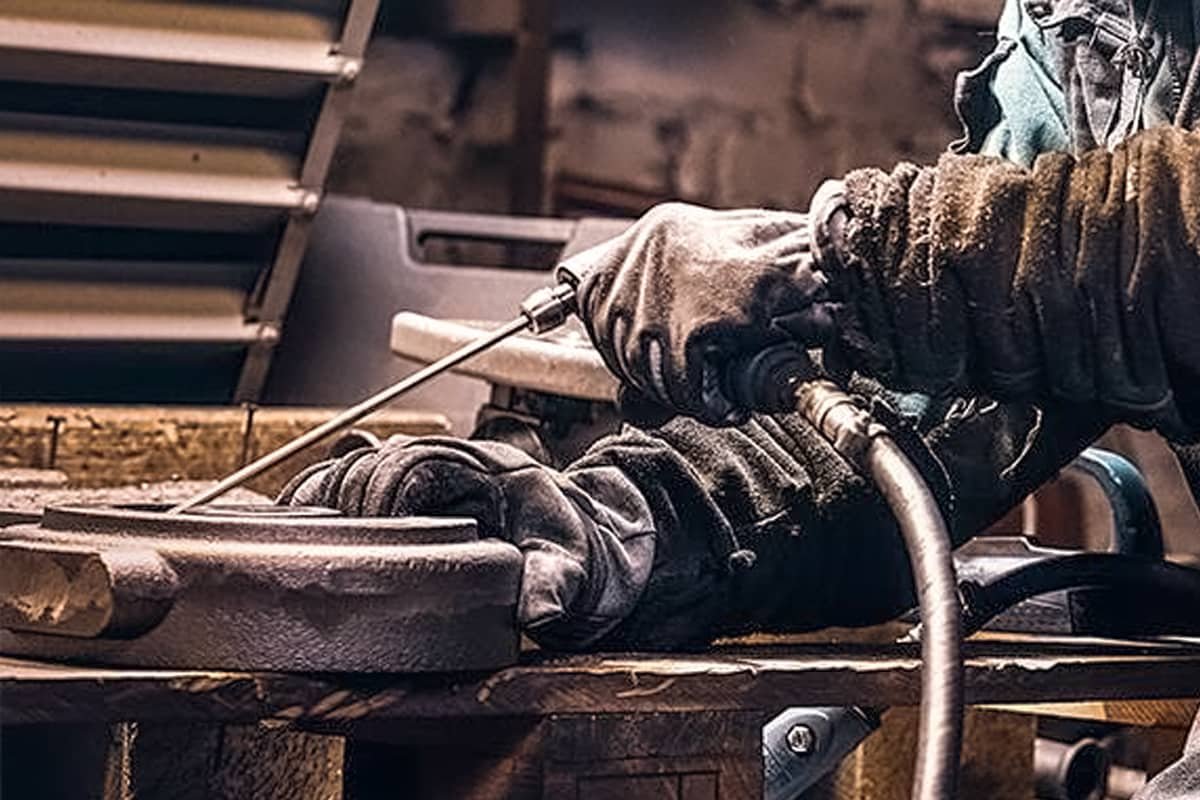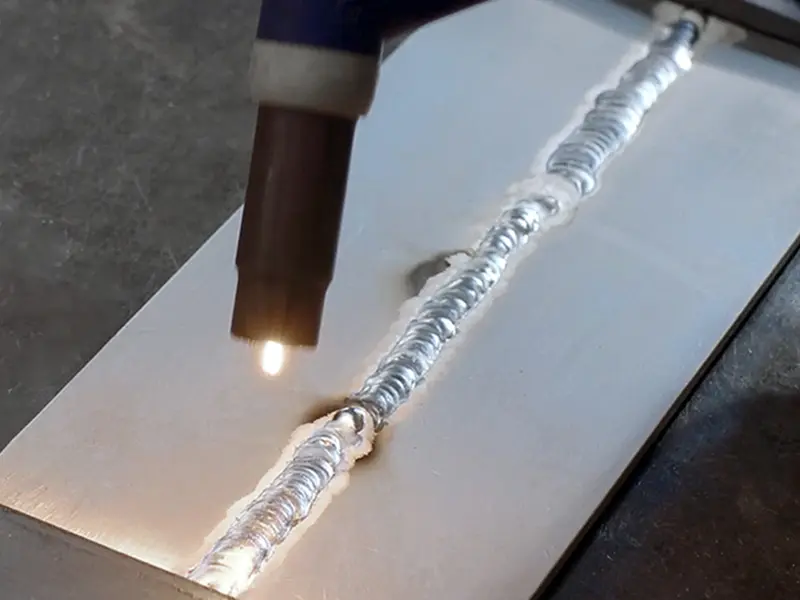Introduction: Why Welding Safety Isn’t Just a “Maybe”
Every year, 1 in 250 welders suffers a career-ending injury. For beginners, the first three months are a minefield – 78% of accidents happen during this period, often due to misunderstood fundamentals. This isn’t hypothetical. It’s data from OSHA’s 2023 injury reports. Let’s strip away the guesswork and arm you with actionable, engineering-grade solutions.
Electric Shock: The Silent Killer in Plain Sight
Why It Happens
Welding circuits operate at 20-100 volts, but even 50 volts can induce ventricular fibrillation. Stick welding’s open-circuit voltage (OCV) averages 80V—enough to penetrate calloused skin. The real danger? Grounding errors. Clamping to a rusty table or concrete floor (resistivity as low as 10,000 ohm/cm²) creates a path to death.
How to Outsmart It
Insulated Gloves Class 00: Rated for 500V AC, paired with dielectric boots (ASTM F2413-18).
GFCI Outlets with 4-6mA Trip Sensitivity: Standard 30mA hardware store models won’t react fast enough.
Case Study: A 2022 incident in Houston killed a worker using a 70V welder on a damp epoxy floor. The ground clamp was attached to a conductive I-beam.

Arc Flash Burns: UV Rays That Cook Skin
The Science of Radiation
A welding arc emits UV radiation at 200-400 nm wavelengths. Unprotected exposure delivers 5-30x the intensity of midday sun. Photokeratitis (welder’s flash) isn’t just painful. It causes permanent corneal scarring.
Pro-Level Protection
-
Auto-Darkening Helmets with Variable Shade 8-13: Ensure a reaction time ≤1/20,000 sec (ANSI Z87.1-2020).
-
Peripheral Seals: Cheap helmets leak UV through gaps near the temples. Look for wraparound neoprene seals.
-
Fact: Shipyard workers using shade #10 lenses for 250A MIG welding suffered retinal damage in 2021 (OSHA Case 1926.351).
Fire & Explosions: Sparks Are Sniper Bullets
The Physics of Combustion
Welding sparks reach 2,500°F (1,371°C) and fly up to 35 feet. They ignite:
-
Dust layers: Just 1/32” of accumulated wood or metal dust can flash-ignite.
-
Oil-soaked concrete: Hydraulic fluid leaks create invisible fuel beds.
Fireproofing Like a Navy Welder
-
Fiberglass-Silica Fire Blankets: Withstand 1,800°F for 15 minutes. Wool blankets fail at 1,000°F.
-
Class C Fire Extinguishers: CO₂ units for electrical fires. ABC powder corrodes circuitry.
-
Gas Detectors: Acetylene leaks at 2.5% concentration are explosive. Use catalytic bead sensors.
Toxic Fumes: The Invisible Lung Assassin
Metal-Specific Poisons
-
Galvanized Steel: Releases zinc oxide—inhaling 5mg/m³ causes metal fume fever in 4 hours.
-
Stainless Steel: Hexavalent chromium (Cr-VI) levels above 5μg/m³ trigger OSHA action.
Ventilation That Doesn’t Lie
-
HEPA Fume Extractors: Capture 99.97% of particles down to 0.3 microns (NIOSH 2024 guidelines).
-
Directional Airflow: Position exhaust 18” from the weld zone at a 15° upward angle (AWS F2.2:2021).
-
Myth Buster: Bandanas block 0% of nanoparticles. Use P100 respirators instead.
Hearing Loss: The Stealthy Career Ender
Decibel Reality Check
-
Plasma Cutting: 110 dB(A)—equivalent to a rock concert. OSHA allows only 15 minutes exposure/day.
-
Grinding: 95 dB(A) induces tinnitus after 1 hour without protection.
Hearing Protection That Works
-
Dual Protection: Foam earplugs (NRR 32) + over-ear muffs (NRR 30) = 62 dB total reduction.
-
Avoid Level-Dependent Earmuffs: They amplify low-level noise, masking critical warnings.
Crush Injuries: Gravity Always Wins
The Physics of Force
A 4’x8’ steel plate (1/4” thick) weighs 1,048 lbs. If it slips, the impact force exceeds 10,000 psi – enough to snap bones.
Engineering Solutions
-
Electropermanent Magnetic Clamps: 250 lb hold force, no power required (ASME B30.20 compliant).
-
Lift Point Calculations: Use ASME BTH-1 formulas to determine center of gravity before hoisting.
Thermal Burns: Metal’s Deceptive Cool-Down
Thermodynamics You Can’t Ignore
-
Aluminum: Cools from 500°F to 200°F in 8 minutes (thermal conductivity 235 W/m·K).
-
Stainless Steel: Takes 22 minutes (thermal conductivity 16 W/m·K).
Burn Prevention Tactics
-
Kevlar Sleeves: Withstand 932°F for 12 seconds before transferring heat.
-
Infrared Thermometers: Fluke 62 Max (±1% accuracy) confirms safe handling temps.
Tripping Hazards: Cables Are Ninja Weapons
Ergonomic Math
-
Cable Length: Should be 1.5x the diagonal of your workspace to prevent tension.
-
Trip Risk Reduction: Overhead cable trollies lower injury rates by 73% (NSC 2023).
Pro Setup
-
High-Vis Cable Covers: 3M™ 3550 tape marks floor hazards without residue.
-
Retractable Hose Reels: Prevent argon hoses from becoming ankle traps.
Gas Cylinder Explosions: 2,200 PSI of Chaos
Pressure Physics
A standard argon cylinder holds gas at 2,200 psi. If the valve shears off, the cylinder becomes a 140 mph projectile.
Industrial-Grade Safety
Cylinder Carts with Dual Chains: Secured at 2/3 height per CGA Pamphlet G-7.1.
Leak Detection: Ultrasonic detectors find 1 psi leaks—soap bubbles miss 80% of small leaks.

Repetitive Strain: The Slow-Motion Injury
Biomechanics Breakdown
-
Wrist Angles >15°: Increase carpal tunnel risk by 300% during TIG welding.
-
Static Standing: Reduces lumbar disc oxygenation by 40% in 30 minutes.
Ergonomic Fixes
-
Adjustable Workbenches: Set height so elbows stay at 90° (NIOSH 2024 guidelines).
-
Anti-Fatigue Mats: Ergomat™ Ultra reduces leg pressure by 27% (University of Michigan study).
Pro Secrets: What 20-Year Veterans Do Differently
-
Pre-Job Checklists: Reduce accidents by 61% (NSF 2023 study). Include:
-
Grounding continuity test (multimeter reading <1 ohm).
-
Gas cylinder torque checks (75 lb-ft for CGA-580 valves).
-
-
IoT Welding Analytics: Miller Insight™ monitors amperage spikes predicting cable failure.
Emergency Response: When Seconds Count
Burn Treatment Protocol
-
First 10 Minutes: Cool burns under 68°F water (WHO 2023 guidelines). Avoid ice—it causes tissue necrosis.
-
Advanced Care: Silver sulfadiazine cream (Silvadene®) prevents infection in 2nd-degree burns.
Electric Shock Rescue
-
Non-Conductive Tools: Use fiberglass rescue hooks (OSHA 1910.333) to separate victims.
-
AED Placement: Keep within 90 seconds of welding stations—survival rates drop 10%/minute.
Final Word: Safety Isn’t Sexy, But Neither Are Hospital Bills
Tape it to your welder. Share it with the new guy. Because 90% of these accidents aren’t “bad luck” – they’re bad habits waiting to happen.






